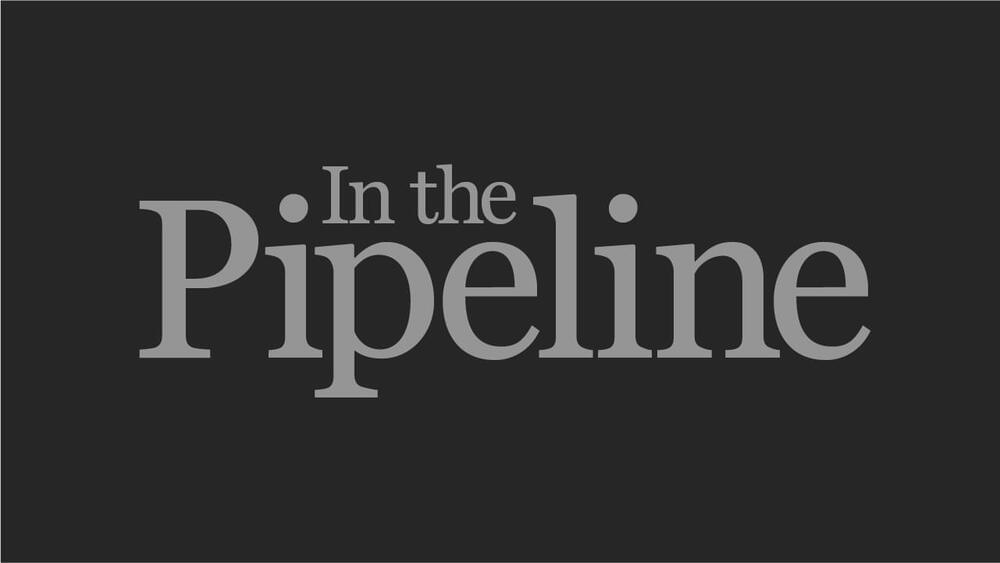I’ll admit that I didn’t see this one coming: Retraction Watch is reporting that the Cambridge Crystallographic Data Center (CCDC), the world’s main repository of small-molecule crystal data, is on the way to pulling nearly a thousand deposited crystal structures because they appear to have been faked. A preprint from earlier this year from David Bimler flagged what seems to be a paper-mill operation flooding out bogus papers on metal-organic frameworks: hundreds and hundreds of weirdly worded manuscripts on nonexistent MOFs and their imaginary applications, full of apparently randomly selected “references” to the rest of the literature. And these things depositited crystal data with the CCDC, which is the step that I really didn’t expect.
After all, anyone who studies the scientific literature has (especially in recent years) seen these auto-generated papers full of crap. But faked crystal structure files? That’s nasty. The record of these papers shows a sudden jump in 2020 and 2021, leading Bimler to wonder:
The dates paint a picture of accelerating publication, as if a small-scale cottage industry had been scaled up to a production line with a larger staff. One can imagine crystallographers initially ghostwriting manuscripts as a favour for friends, moonlighting from their day job, and becoming progressively more professional, though this must remain speculation.










Comments are closed.